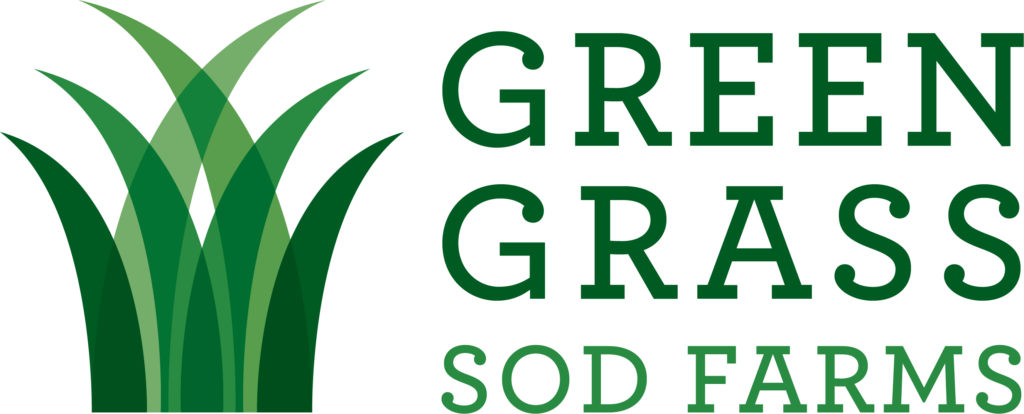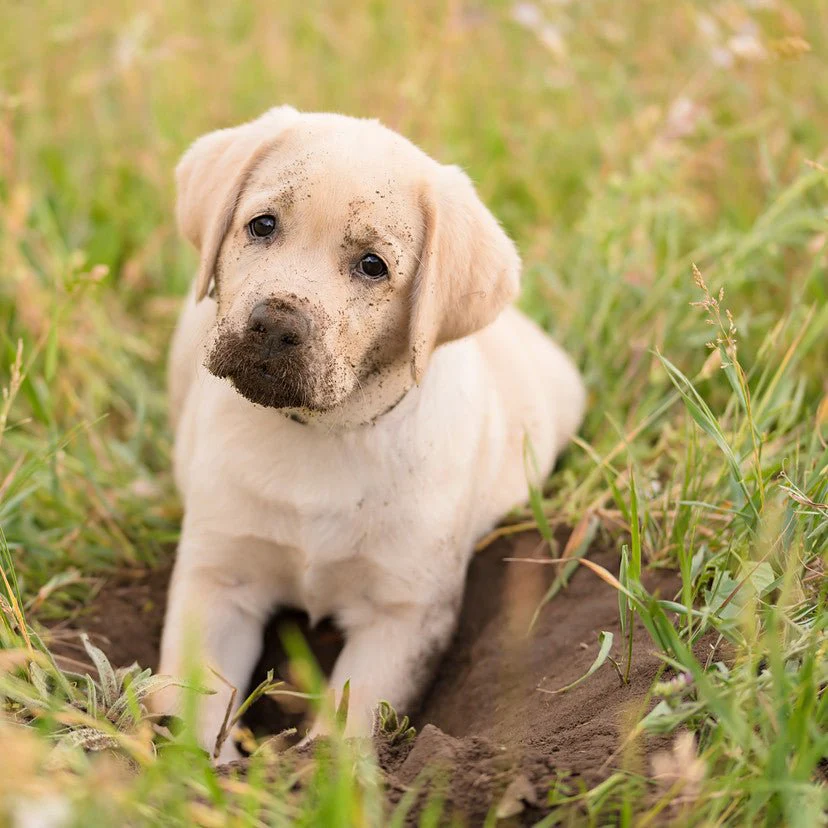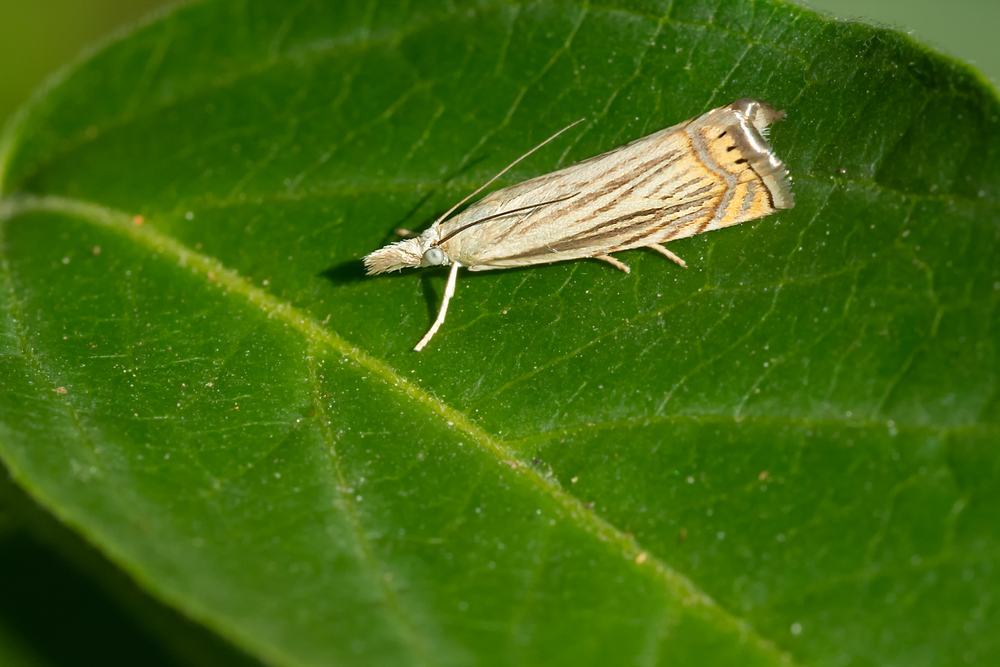Have you noticed your turf has a bald spot? Does it look lousy, dry, and dead? Many things might cause such a predicament, and luckily for you, you can understand the best way to revive your turf.
Follow these four steps below to bring your turf back to life.
Identify the Issue
You have three common reasons why your lawn looks brown, dead, and wilted with bald spots: pet urine, pest infestations, and fungal diseases. Of course, other reasons exist, such as poor environmental conditions or poor soil composition, but the most prevalent causes are those three.
- Pet Urine -Urine from your cats and dogs is acidic and has a high percentage of urea, and burning sod. Therefore, if your pet regularly urinates on your grass, it’s likely to brown and leave patches on the sod.
- Pest Infestations -Lawns can harbor multiple pests, but with high infestations of the Japanese beetle or June bug and their larvae or grubs, you might soon notice dry patches on the grass. The grubs feed on the roots of the sod, which causes the grass to lift away from the ground, leading to a dry or brown dead patch.
- Fungal Diseases– In the rainy season, excess water can kill a section of the lawn because excess moisture leads to mold infestation. As the mold increases, the sod gets a fungal disease that aggressively damages the sod. For all these reasons, you can easily undertake a visual test to see if you have mold underneath the turf, too many pests at the root of the grass, or too much pet urination on the turf. Once you identify the leading cause of your dead turf, move to the next step.
Prepare and Cultivate Your Lawn
An easy way to revive your dead lawn is by resodding the grass, but this mainly applies when the dead turf covers an extensive part of your damaged area. This will be an expensive fix but will solve the issue instantly. Another solution is to prepare the lawn for reseeding. In this case, cultivate the damaged areas and plant the seeds you’d like to replace over the patch. This method is cost-effective and much easier to do but much slower. You must remove the weeds from the patch and loosen the topsoil with cultivation. Weeding is necessary because you want the turf to have all the sun, water, air, and soil to grow healthy.
Additionally, as you loosen the topsoil, you aerate the lawn, so the roots of the sod get more air, access to water, and nutrients from the soil, which enhances faster growth.
Fertilize
Fertilizers enhance sod growth by providing growth nutrients, promoting root growth, and improving resistance to diseases and adverse environmental conditions. Fertilize your turf about 30 to 60 days after seeding or sodding your turf using a low phosphorus fertilizer but high in nitrogen and potassium.
Irrigate
The last step is to add water. Irrigation ensures that every inch of the sod will receive enough water to grow deep and sustainable roots. With these deep roots, you can rest assured that the turf will be more vigorous and resistant to adverse weather and environmental effects. Lastly, don’t get too overwhelmed and overwater your turf; this too can cause damage. Therefore, regulation is vital.
Various issues such as soil composition changes and environmental or temperature changes can affect a significant section of your turf. However, using these four steps above, you can ensure the turf remains healthy, and when it dies, you have clear step-by-step guidelines to revive it.





